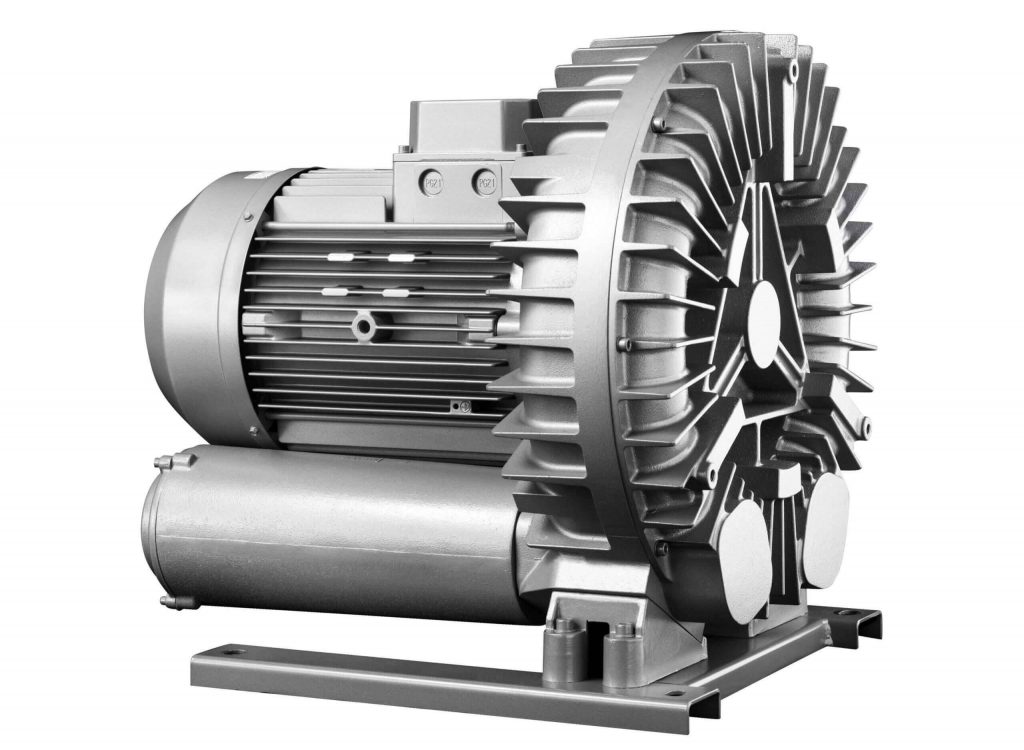
What Is Wastewater Treatment?
Wastewater treatment is the process of reversing the damage that has been done to one of the most valued natural resources, including textiles, food, and drink. Water is an essential resource, and because of its natural characteristics, it provides one of the most effective ways to transport waste in industrial and municipal processes.
- The wastewater treatment process aims to speed up naturally occurring processes and bring the water back to the desired purity.
- The cleaned wastewater is returned to a natural watercourse in societies.
- Once the water has been cleaned, an industry may reuse it within the business, send it to a municipal wastewater system for additional processing, or discharge it into a natural river.
- The overall wastewater treatment process includes two basic phases, i.e, primary and secondary phase.
- At first, primary phase serves as a clarifier, where grease and oil are suspended out of the wastewater at the top and particles are deposited at the bottom.
- Phase two then starts with water being pumped into an aeration tank. The secondary stage uses biological process to further clean wastewater.
- There is rarely a third phase when additional processing of chemicals could take place.
How An Air Blower For Wastewater Treatment Is Helpful?
Blower for wastewater treatment is frequently used in aeration and agitation to produce air bubbles.
- The primary objective of aeration process is to supply all of the above biological processes with useful oxygen. This makes it possible to maintain high concentration of microrganism (water cleaning agents) as compare to the occurring naturally.
- During agitation process, water circulates and keeps waste items floating throughout and makes them accessible to microorganisms so they can use and remove them from the water stream.
In wastewater treatment, aeration levels are generally five to seven times higher than they would be in nature. If suddenly there is not enough oxygen present, the microorganisms will start to die right away. System operators cannot take that chance since it might take days or weeks for wastewater treatment systems to get back to normal. Therefore, wastewater treatment process uses multiple blowers to provide redundancy in case if a blower needs maintenance or replacement.
How To Select The Right Blower For Wastewater Treatment?
- Although the theory behind wastewater treatment is the same, but there is no one and only answer of choosing a right blower for wastewater treatment process.
- Many factors affect the user demand of blower for wastewater treatment like required flow, system pressure, available space, and ambient conditions.
- Furthermore, since oxygen is very important for wastewater treatment process, hence redundancy of air blower is very essential.
- Blower for wastewater treatment comes with two popular designs, i.e. centrifugal and positive displacement technology.
- Screw elements and lobe elements are used in positive displacement technologies to physically move air.
- On the other hand, centrifugal technologies use a dual process where an impeller speeds the air and a diffuser increases the air pressure. Sending the air through several stages of impellers or one high-speed impeller will provide the required ultimate flow and pressure. The single impeller can be driven directly or by a series of built-in gears to reach this high speed.
- The first step in selecting the right blower for wastewater treatment is to determine the system’s required flow.
- It is determined on the basis of how much oxygen the microorganisms need in the wastewater treatment process.
- The amount of oxygen needed in the wastewater stream depends on the metabolism of the organic material, the effectiveness of oxygen exchange in the tank, and the site conditions.
- Environmental conditions also greatly affects selection of blower for wastewater treatment.
- Positive displacement and multistage centrifugal units usually perform better in more robust environments and outdoor use.
- However, high-speed turbos and integrally geared centrifugal units are better suited for interior or cleaner applications.

